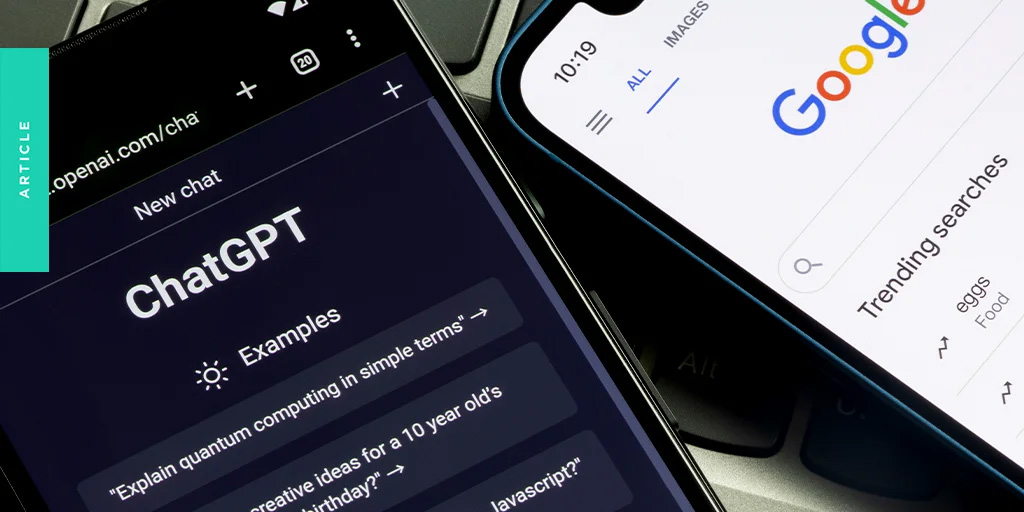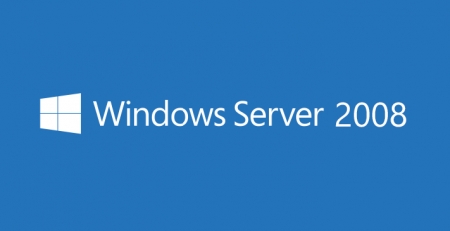Data Safety: How Students Endanger It and How to Boost It
Cybercriminals follow the easiest targets. Unfortunately for students, that usually means schools. The education sector consistently ranks as one of the top most exploited industries.
In a single year, 56% of schools experienced a ransomware attack, a nearly 25% increase from 2020-2021. Many of those could be considered an inside job, one where students accidentally put their institution’s data in jeopardy.
Given the vulnerabilities that exist, how can schools make students and data safety more synonymous?
The Value of Student Data
Educational institutions are rich with sensitive student data. In the US alone, school districts house records for more than 50 million students, a number that will continue to grow as new cohorts enter the school system.
Typically, malicious actors are seeking out personally identifiable information (PII). Student’s social security numbers represent a particularly high market value since stealing a minor’s identity can be easier to get away with.
How Students Accidentally Jeopardize Data Safety
Despite being one of the most tech-savvy generations in history, students still struggle to keep their sensitive data safe – or even realize when it’s in jeopardy.
According to one McAfee study, “only 36 percent of students said that they learned about personal data safety through school resources.” That despite the sharp rise in home and school-issued device use.
This poor data hygiene can lead to a number of devastating breaches that put the entire school at risk, says Student Clearing House:
- 91% of cyberattacks can be linked to a phishing email
- 81% of breaches can be traced back to weak or stolen passwords
- 66% of malware comes from a malicious email attachment
The impacts of a hack can also be emotional, with cyber criminals crashing virtual learning environments and verbally assaulting learners.
Helping Students Halt Breaches
Our learners need the trusted adults in their lives to help guide them in a more data-secure direction.
At minimum, ensure they remember the 1, 2, and 3’s of data security.
1. VPN is your friend.
We live in an age of free and unrestricted public WiFi. What students need to understand is that knocking out a bit of homework at the local library or binging Netflix at a nearby coffee shop comes with risk. Many can’t even tell you what the acronym “VPN” stands for, much less use it to obscure their online activities from prying eyes. These Virtual Private Networks are their best chance to prevent sensitive data like passwords and other shareable files from being maliciously intercepted.
2. Think before you post.
Once something has been uploaded to the internet, it’s there forever (or at least copyable). Students might not think it’s a big deal to share their unfiltered opinions or scandalous photos, but their future employers and higher-ed admissions staff may disagree. In fact, 11% of institutions have reportedly passed on an applicant based on their social profiles and another 7% even went as far as to retract a previously extended offer. As life online grows, experts recommend students think ahead and work to “minimize the digital footprints future colleges and employers might find.”
3. Don’t get hooked by a phishing attempt.
Hackers are adept at thinking like a student would. If learners are to avoid their trappings, they must do the same. For example, some threat actors create fake online questionnaires that look like convincing college admissions, scholarships, or financial aid forms. As Ariel Fox Johnson, senior counsel for policy and privacy at Common Sense, tells The Journal, “Students and parents (and the public) need to know more — such as who they are giving their information to and how the information will be used and shared and what choices and controls students have.” Schools can also safeguard student inboxes from phishing by stepping up their email security filters and making the entire school aware of new scams in real-time.
Student Data Training: The Key to Proactive Cyber Education
Concepts like two-factor authentication may be commonplace to educators, but schools can’t leave students and caregivers out of the conversation. After a rapid expansion of tech adoption, we have an even greater responsibility to help students keep themselves safe. Because what you don’t know can hurt you online.
Content created and provided by ONEAFFINITI.












